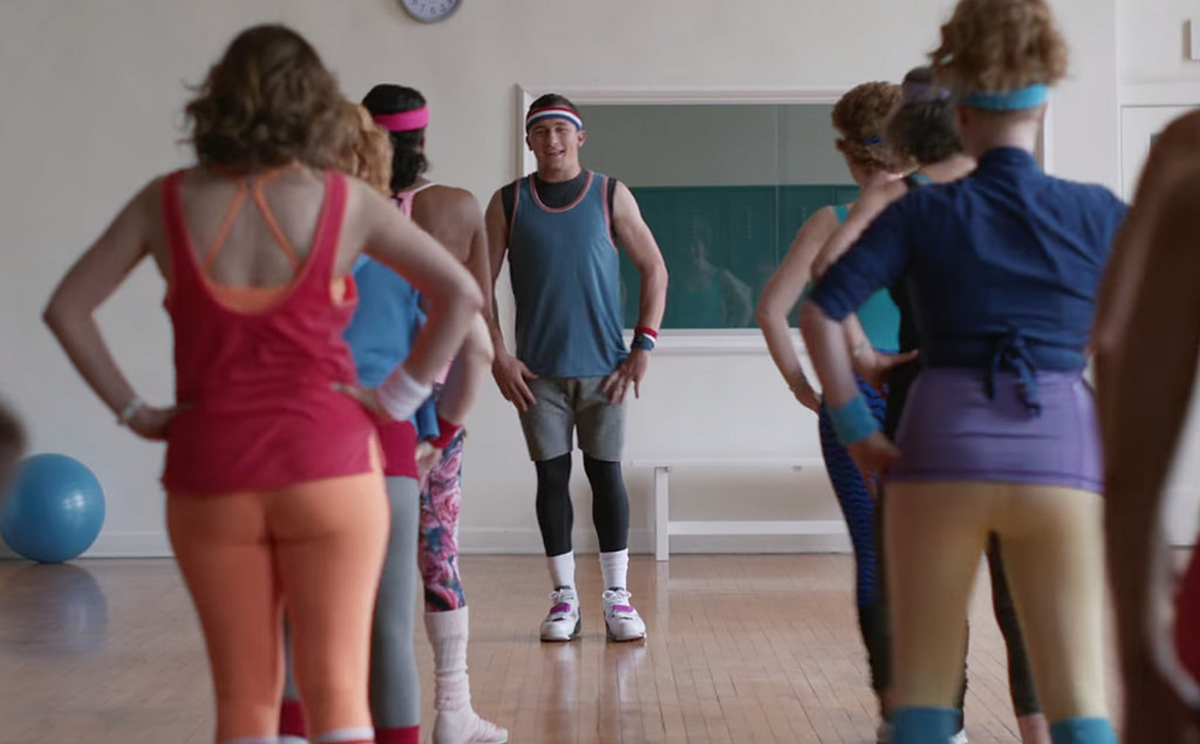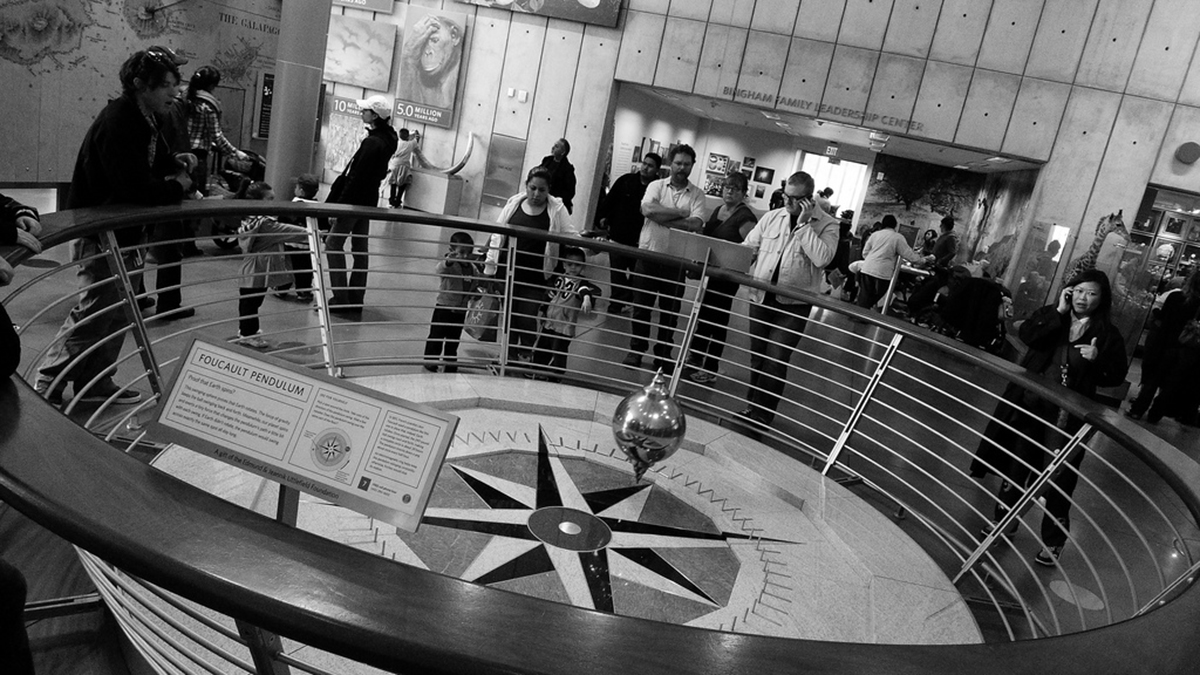Bouncing Toward Gains
Stretching before exercise can help elongate muscle tissue in effort to prevent potential injury such as strains or significant tears. Stretching after exercise can help aide with muscle soreness and can help increase your range of motion, as your goals during exercise surely cannot be to feel tight or limited. How about stretching as a form of exercise? It may seem like not enough to reach your fitness goals, but if your goals include increasing aerobic threshold, range of motion and increasing muscle tone, consider the following.

There are many turnoffs to spending time going to the gym to workout, and not exactly does it always deal with motivation. Health concerns can oftentimes keep those who desire a workout that resembles the regimens they may have completed at a younger age or when they were involved in athletics. Scheduling around lengthy and stressful work schedules can also contribute to lack of exercise. In order to combat the demanding lifestyles we live and look good and feel good doing it, a minimal effort is all that is needed. As you begin to stretch as a form of exercise, keep in mind that additional stretches such as hamstring stretches, quadriceps stretches, biceps, triceps, pectoral, etc. should still executed as you normally would before any form of exercise. Now, we begin.
Concept and Design
Ballistic stretching is a concept that focuses on passive movements in a bouncing movement. It is important when beginning these exercises to start off slow! Do not speed up movements unnecessarily, because form is most important. We will begin with a description of hip flexor and hip extensor movements to improve strength, range of motion and tone. Hold onto or lean against a wall or a firm railing or countertop in a designated room or at your gym. You should be able to stand up tall without slouching or bending at the back, doing so could lead to injury. Stand on your leg closest to the wall or railing with opposite leg off the ground, ready to move. Begin by lightly swinging leg forward and backward, with no more than a fifteen percent effort. As you initiate these movements slowly add more of a push in each direction, only at a comfortable threshold. Once you reach a range of motion that is challenging but not painful, continue for up to one minute before switching legs. Do this in sets of up to three times or as many as you feel comfortable completing. This can be viewed as an exercise or an alternative for running on the treadmill as that can be hard on knees and at times feel monotonous.
Going Up
Next we can shift upward to the upper body toward the shoulder. Like the hip, the shoulder is not a hinge joint; it can rotate internally and externally and swing in a perfect circle or in any direction unlike an elbow or knee. While standing, begin to swing your arms at the shoulder forward and backward. Do not swing too high starting out, but slowly graduate to a larger range of motion. Once you have gotten close to ninety degrees, begin adding some horizontal adduction in the swings, and less shoulder extension. You essentially will be performing a similar sized range of motion but your hands will be retracting once your hands are straight ahead of your shoulder joint (as if you were just holding them straight forward). Continue this motion for up to a minute or two before taking a break. You will feel a swollen feeling in the shoulders and arms, as you have been working the rotator cuff, deltoids, biceps and triceps in these motions. Executing these exercises for another set or two is perfectly fine and is encouraged.
Pendulum Time!
Now we are going to move back down toward the hips. Find a machine or device in your gym that will allow you to pendulum your legs by resting your arms firmly on a sturdy surface. Your legs should be able to hang down and not contact the floor or another surface. Similar to the shoulder swinging, we are going to begin by pushing the hips backward and forward. Once you get a feeling of being loose (you should be warmed up from the earlier hip exercises) begin a circular pattern to either the left or right. Feet should remain together while completing these circles. Once you’ve completed a few revolutions your momentum should begin to carry you through the rest. Count out around fifty revolutions in one direction before resting for a minute or so. Begin the next set by starting in the opposite direction. Attempt these exercises two to three times in each direction with a minute in between for rest.

While in the position you are in you can also mimic the exercises performed earlier in a bilateral sense, by swinging both legs in opposite directions as if you are running on air. You may not experience much fatigue during this exercise, so perform it for as long as you feel comfortable. As with the other exercises do not strain your muscles by stretching too far on the first few repetitions. Gradually work yourself into it until you are able to complete long strides effortlessly. In addition to these exercises, you can take small weight dumbbells (1-5 pounds recommended) and hold one bulb of the weight in your hands. Slowly begin to rotate the dumbbell in circles at your wrists, eventually allowing the weights to rotate the wrists. You will be working the flexor and extensor muscles in the wrist and will feel fatigue with a few revolutions. You can immolate the same repetition and time allowance as with the other exercises as well.
These exercises are just a few examples of how to put positive strain on your muscles and get a good workout without raising the heart rate too high, if high heart rate and blood pressure could be an issue for you. Typically individuals complain about atrophy or fatty areas around hips and arms and lack of shoulder definition as a wish when beginning workouts.
- Photo courtesy of flickr.com
- Photo courtesy of midwestnerd: www.flickr.com/photos/20553990@N06/15708218699/
- Photo courtesy of imlichenit: www.flickr.com/photos/imlichenit/5532476683/
- Photo courtesy of imlichenit: www.flickr.com/photos/imlichenit/5532476683/


Your thoughts on this